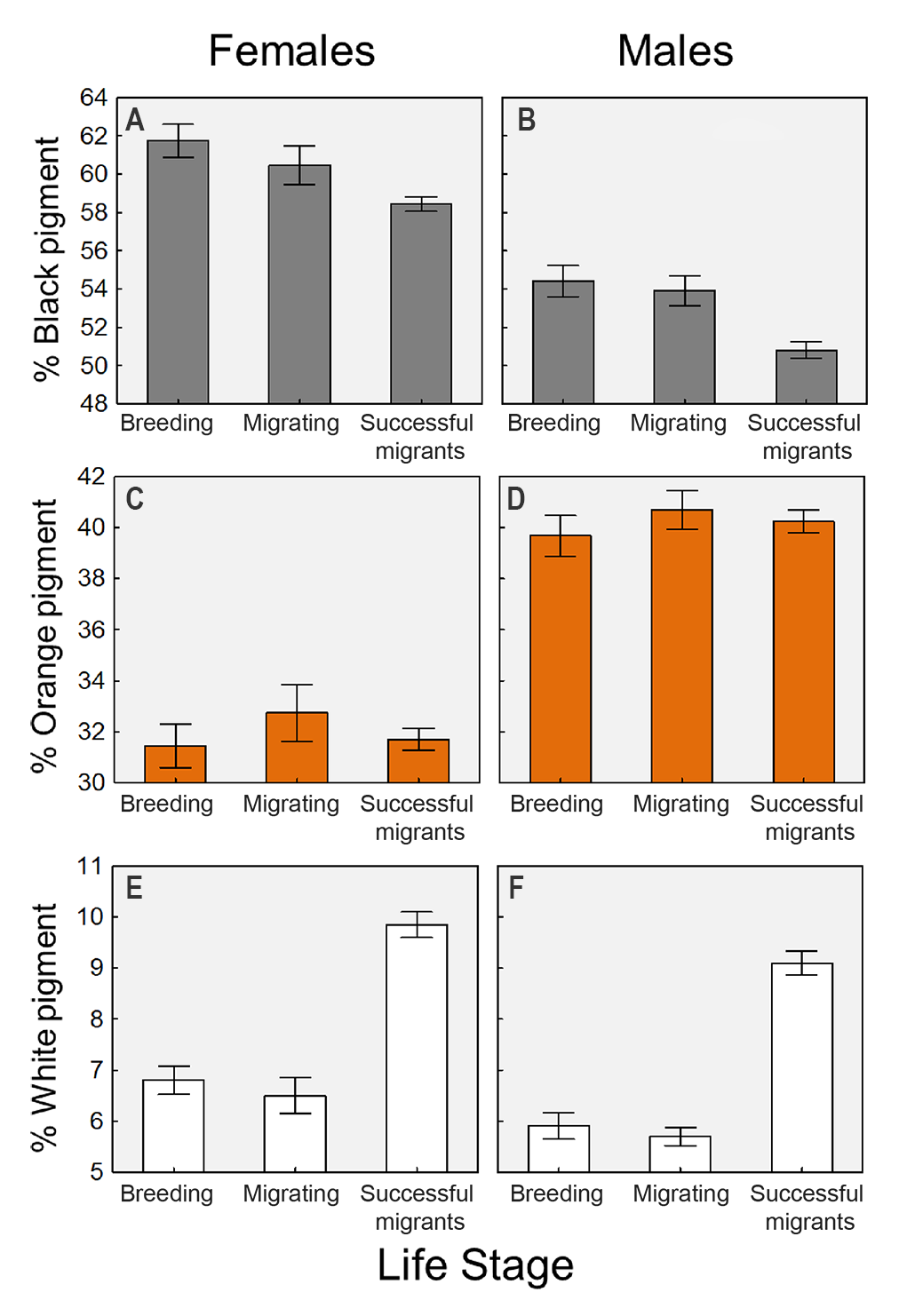Analyze This: White wing spots may help monarch butterflies fly far
Monarchs with more white on their wings are more successful migrants, new research shows

Every fall, monarch butterflies undertake an epic migration. Some leave breeding sites in Canada and the United States to journey to Mexico. The butterflies’ white wing spots may help them make the trip.
JHVEPhoto/ iStock/Getty Images Plus
Share this:
- Share via email (Opens in new window) Email
- Click to share on Facebook (Opens in new window) Facebook
- Click to share on X (Opens in new window) X
- Click to share on Pinterest (Opens in new window) Pinterest
- Click to share on Reddit (Opens in new window) Reddit
- Share to Google Classroom (Opens in new window) Google Classroom
- Click to print (Opens in new window) Print
Each monarch butterfly you see flitting through the garden weighs less than a jelly bean. Yet these pipsqueak insects are mighty enough to journey up to 4,000 kilometers (2,500 miles) each fall. Now, research hints that their white wing spots may help them go the distance.
People have known that monarch butterflies’ (Danaus plexippus) orange warns predators to steer clear, says Andy Davis. An ecologist, he works at the University of Georgia in Athens. But no one had examined how monarchs’ wing colors might impact their migrations, he says.
Monarch butterflies breed in Canada and the United States. From there, the butterflies migrate south and spend the winter in California or Mexico. Davis’s team analyzed the wing colors of butterflies starting the trip and ones that completed the journey.
The researchers thought blacker butterflies would be stronger fliers and more successful migrants. Past research has shown that black areas can help animals such as birds soar. Black parts of the wing absorb light, heating the air above. That decreases the air’s resistance to a wing moving through it.
“It turns out that we were wrong,” Davis says. “It was the monarchs that had less black that actually were more successful at making it to the winter colonies.” Those butterflies also had more white on their wings.
The team then compared monarchs’ wing colors with those of related butterflies that don’t migrate. Monarchs had more white area on their wings. That suggests that migration has nudged monarchs to evolve bigger white spots. The researchers shared their findings June 21 in PLoS ONE.
It’s not clear yet exactly how white spots help the monarchs soar. Areas of white on the wing absorb less sunlight than dark areas, and they heat the air above them less. When these areas are next to each other, the differences in air temperature can send the air swirling. Such currents could help the butterflies glide, Davis says.
Experiments in wind tunnels could reveal how wing colors influence butterflies’ motion. That could provide clues for engineering, Davis says. “We might be able to improve the flight efficiency of drone technology just by applying different colors.”
Colorful butterflies
Researchers examined the wings of monarch butterflies that had been collected at different stages of their lives. Breeding butterflies were collected at northern sites and had yet to leave for their migrations. Migrating butterflies were collected at spots along the journey south. Successful migrants had made it to their winter destination in Mexico. The scientists analyzed pictures of the butterflies’ wings for clues to how wing color may impact the insects’ ability to fly so far. These graphs show the average amount of wing pigment of different colors for each group of butterflies.

Data Dive:
- Look at Figures A and B. What is the range — or spread — of percentages for monarchs’ black pigment? Butterflies at which life stage have the highest amount of black?
- Look at Figures C and D. How does orange pigment compare between female and male butterflies?
- Look at Figures E and F. What is the range of percentages for monarchs’ white pigment? Butterflies at which life stage have the highest amount of white color?
- Why do Figures A to F have different values on the Y-axis? What would the graphs look like if the Y-axis started at 0 and went to 100 percent?
- What other flying animals have light and dark colors next to each other? How might air currents caused by their color pattern affect these animals?







